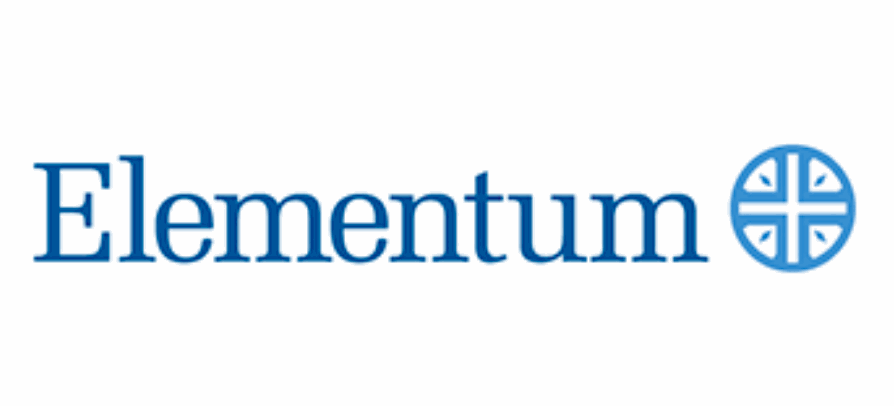Elementum Advisors, LLC, the choice funding supervisor that specialises in collateralized pure disaster occasion reinsurance investments, has unveiled a brand new technique that enhances the agency’s higher-yield technique complement.
 The corporate’s new technique, which launched on January 1, 2025 throughout a number of mandates with numerous institutional advisors, has a collateralized reinsurance funding (CRI) focus that leverages Elementum’s counterparty relationships, in addition to its expansive structuring and modeling capabilities.
The corporate’s new technique, which launched on January 1, 2025 throughout a number of mandates with numerous institutional advisors, has a collateralized reinsurance funding (CRI) focus that leverages Elementum’s counterparty relationships, in addition to its expansive structuring and modeling capabilities.The funding supervisor’s new technique additionally represents an “accretive mix” between the concentrated nature of Elementum’s larger danger structured CRI technique, and the potential diversifying advantages supplied by the corporate’s danger distant core CRI technique, all whereas remaining dedicated to the rules of Elementum’s long-established funding method.
From what we perceive, this new providing seems to be a mid-risk insurance-linked securities (ILS) fund technique, mixing the most effective features of the high-yield method with Elementum’s long-established core and diversifying collateralized reinsurance fund funding technique.
It’s additionally value highlighting that Elementum’s technique launch additional cements the corporate’s efforts to increase its vary of fund and technique choices throughout the collateralized reinsurance investments market.
“This new technique extends our present suite of higher-yield merchandise whereas enabling us to supply capital throughout an excellent wider vary of the danger and return spectrum,” commented Paul Barker, Companion and Portfolio Supervisor at Elementum and head of the agency’s Bermuda workplace.
He added: “As we regularly try to be a market-responsive supervisor, we’re excited concerning the potentialities this technique can supply as a part of our broader worth proposition throughout the insurance-linked securities sector.”
Readers could recall that in 2023, Elementum raised $150 million in capital from two traders for its higher-yield technique.
The investments, which have been particularly focused at larger danger funding methods introduced by the onerous reinsurance market surroundings on the time, have been deployed solely into collateralized major reinsurance contracts.
Moreover, in 2022, the agency added numerous new traders to its high-yield ILS fund technique, which allowed for the funding supervisor to capitalise on reinsurance market dislocation.

